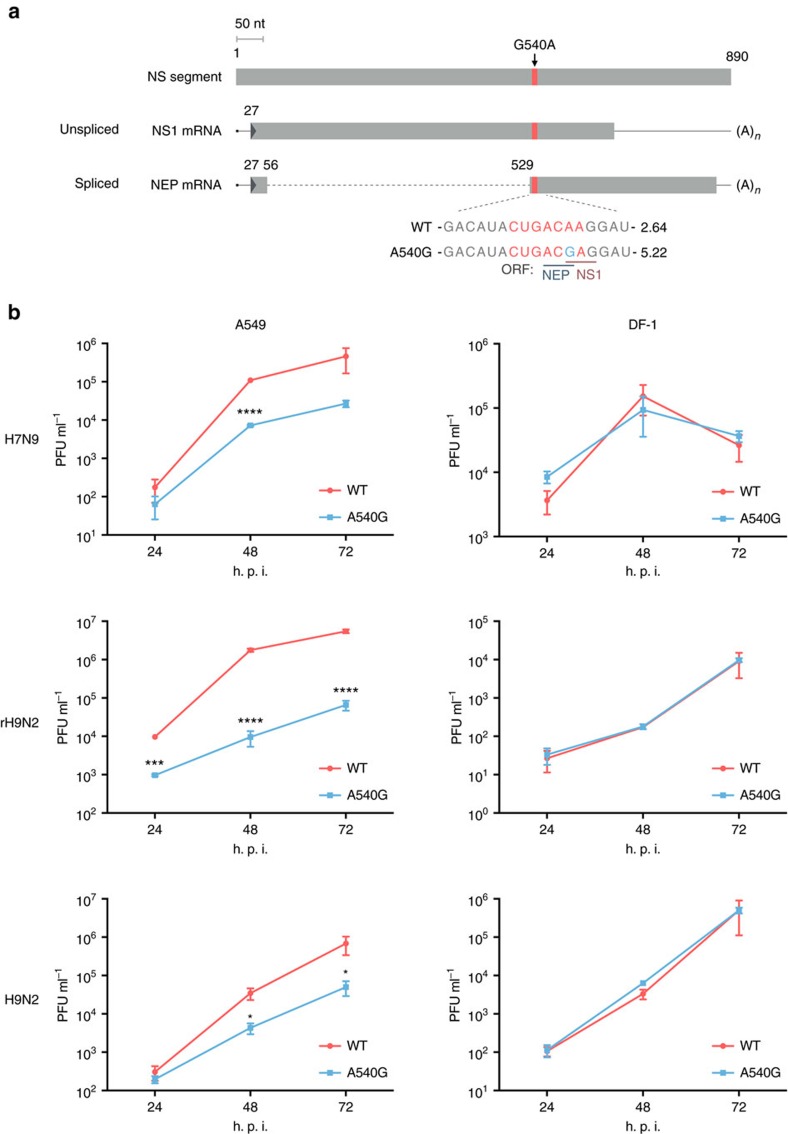Figure 1. A540G nucleotide substitution in NS segment of H7N9 virus causes attenuated replication in human lung carcinoma cell line.
(a) Schematic illustration of NS transcripts and the putative ESE motif. Coding sequences are shown as a grey bar and the intron of NEP mRNA as a dotted line. The putative ESE site is shown in red and A540G is marked in blue. G540A substitution caused an amino acid change, E172K, in the NS1 protein and a silent mutation in the NEP. The SF2-ESE motif score calculated by the SF2/ASF matrix in the ESEfinder programme is shown on the right of the RNA sequence. (b) H7N9-WT28, H7N9-NS-A540G, reassortant H9N2 (rH9N2), rH9N2-NS-A540G, WT H9N2 (A/HongKong/308/2014) or H9N2-NS-A540G viruses were rescued by the reverse genetics (RG) technique. The three pairs of H7N9, rH9N2 and H9N2 viruses only differ by the nucleotide substitution in NS, as indicated in a. The reassortant H9N2 and H9N2-NS-A540G (rH9N2) viruses contain haemagglutinin (HA) and neuraminidase (NA) surface genes from the A/HongKong/308/2014 (H9N2) strain, with the six internal genes being the same as those of the H7N9-WT and H7N9-NS-A540G viruses, respectively. A549 cells or DF-1 cells were infected with these RG viruses at a multiplicity of infection (MOI) of 0.01. Supernatants were harvested at the indicated time points and viruses titrated by plaque assay. Error bars represent mean±s.d. (n=3). Statistical significance was analysed by Student's t-test: *P<0.05, ***P<0.001 and ****P<0.0001; h.p.i., hours post infection.

